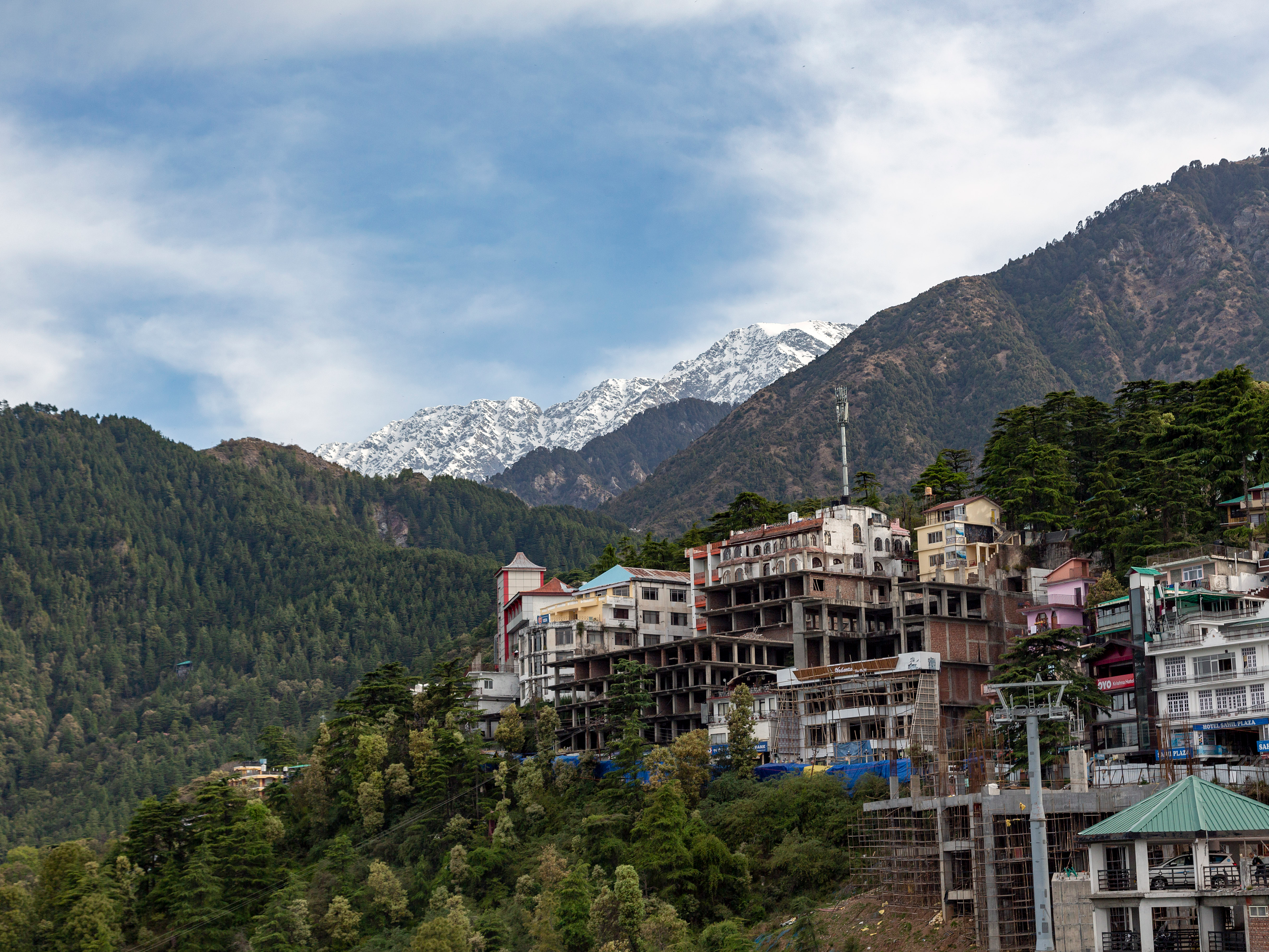- India is home to some of the most polluted cities in the world.
- When India imposed a countrywide lockdown on March 25, 2020, it encompassed 1.3 billion people, making it the world’s largest lockdown.
- With all those people at home, factories closed, air traffic down, and fewer cars and buses on the road, air pollution has visibly decreased.
- Visit Insider’s homepage for more stories.
India has long struggled with pollution. In fact, according to the World Economic Forum, in February, India was home to six out of 10 of the world’s most polluted cities.
On March 25, when India ordered a since-extended 21-day lockdown amid the spread of the coronavirus pandemic, it created the world’s largest lockdown, encompassing 1.3 billion people.
With that many people home, traffic is virtually nonexistent, factories are closed, and construction has come to a halt, leading to a noticeable reduction in smog and air pollution.
While the environment may be convalescing during the pandemic, experts don’t think this will last. But, in the meantime, the short-term effects are pretty striking, as these before-and-after pictures show.
BEFORE: According to CNN, India is home to 21 of the world's 30 cities with the worst air pollution. New Delhi tops that list.

Source: CNN
AFTER: Just one week into lockdown, NASA saw India's air pollution drop to a 20-year low.

Source: NASA
BEFORE: Air quality in New Delhi was so bad that a public health emergency was declared in November 2019, CNN reports.

Source: CNN
AFTER: According to the Washington Post, air pollution in New Delhi dropped by almost 60% within just a few days of the beginning of the lockdown.

Source: The Washington Post
BEFORE: According to the World Economic Forum, air pollution alone kills 1.25 million people in India annually.

Source: World Economic Forum
AFTER: The Washington Post reports that India's "long-running battle with pollution may have rendered it particularly vulnerable to the novel coronavirus," citing Harvard research.

Source: The Washington Post
BEFORE: In 2019, CNN described the air pollution in India's capital as "a toxic, throat-searing cloud of brown smog."

Source: CNN
AFTER: "I look at the sky quite often and enjoy its blueness from my balcony," a retired English professor told The New York Times of the newly clear air.

Source: The New York Times
BEFORE: CNN reports that New Delhi's smog is primarily caused by transportation emissions, industry and power generation, and construction dust.

Source: CNN
AFTER: With the economy ground to a halt, Forbes writes that "the health cost could well be exceeded by the economic cost for India."

Source: Forbes
BEFORE: India imposed a countrywide lockdown on March 25. Encompassing 1.3 billion people, it is the world's largest lockdown, according to CNN.

Source: CNN
AFTER: The lockdown will most likely be extended beyond its original 21 days, India Today reports.

Source: India Today
BEFORE: New Delhi's air is so polluted it can be seen from space, according to USA Today.

Source: USA Today
AFTER: According to The Guardian, a New Delhi resident described the air as "positively alpine!"

Source: The Guardian
BEFORE: According to a previous Insider report, some parts of India saw the Himalayas for the first time in decades.

Source: Insider
AFTER: The Dhauladhar range is clearly visible during lockdown in Dharmsala.

Similarly, the snow-covered Pir Panjal mountain range can now be seen from a residential area in Jammu, India.


